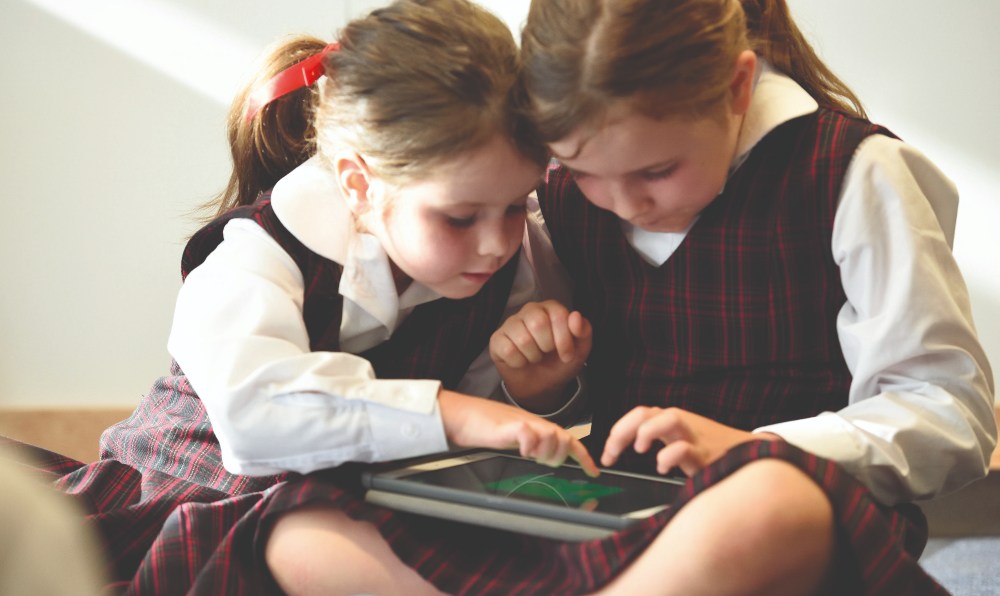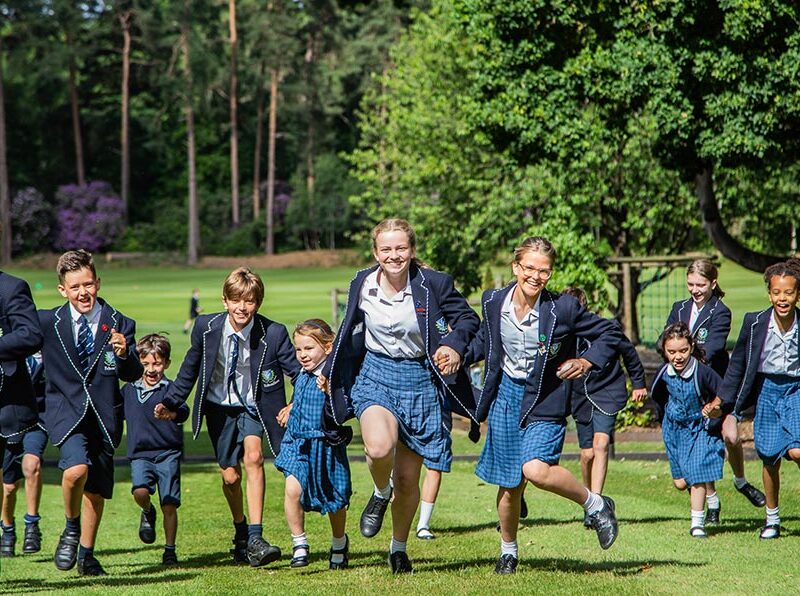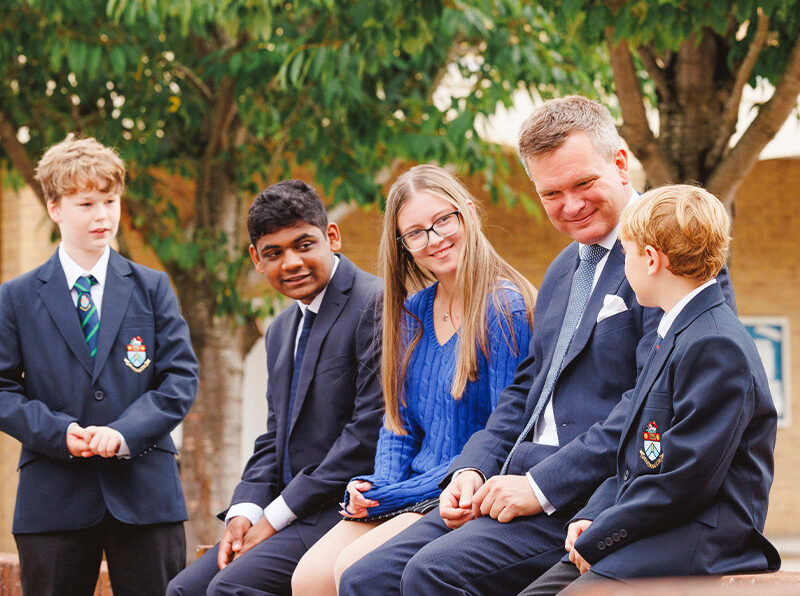
Raising digital kids
We are constantly warned of the dangers of too much screen time for children, but with our lives ever more digital, how can we ensure they reap the benefits while avoiding the pitfalls?
Screen time is blamed for a lot of things, from games addiction and exposure to violence to the pressures of social media and breeding a generation of square-eyed couch potatoes. Conversely, technology is a fundamental part of modern life, and is only set to increase with the likes of artificial intelligence coming to the fore. So what are parents and schools to do?
“Schools are responding in a number of ways – we are seeing some taking an allembracing approach where teachers are looking at how to integrate mobile phones and tablets into classrooms, whilst others are saying that students are getting too much screen time at home, they already know all about IT, so they don’t need more at school,” notes Peter Woodroffe, deputy CEO of the Independent Schools Association. “The biggest area of concern is social media and the likes of online bullying. Schools are good at educating pupils to the dangers, but for parents it might be more difficult. To know what your children are doing is key,” says Peter.
Surbiton High School explains its approach. “We believe it is vital to embrace modern technology and harness its potential whilst teaching effective use,” says James Flynn, Assistant Principal Whole School Organisation and Innovation. “iPads were introduced four years ago to all pupils in Year 3 upwards, and we use digital technology to enhance teaching and learning in a variety of ways, from using it as a resource for sharing worksheets, submitting homework, researching subject areas, recording work and more.”
“At the same time, we are also extremely conscious of the importance of Internet safeguarding and it is with this in mind that the iPads are managed remotely; and that we can limit the Internet content pupils have access to. This way the students can only download certain apps that the school has vetted and are useful for enhancing the learning experience – so no Snapchat, Facebook or Instagram,” says James. “We recommend parents embrace this digital approach too, to keep abreast of what and how their children use digital devices.
Working with parents is vital for the safety of our pupils and not only have we produced a digital guide to help parents be aware of the different tools they can use to monitor, protect and restrict digital access but the school regularly holds parent partnership talks with industry specialists to keep parents aware of what is happening in the digital world.”
Confidence and Boundaries
MAMA.codes, which runs coding courses for children, concurs that it is vital to equip children and their parents with the knowledge they need to develop a healthy relationship with technology. “We like to think of it as “Raising Digital Kids”: giving families the skills and information to thrive in the digital age, while gaining confidence about how to set age appropriate boundaries for screen use,” says Rushani Mahendran of MAMA.codes. “It comes down to understanding the different types of screen time and creating healthy limits around passive time spent on a device, such as watching a cartoon on YouTube or TV. Active screen time, where the child is interactinwith what they see on the screen, or better still, creating their own digital content such as a movie, stop animation, book or coded project, is a very different kettle of fish.”
Parents should ask some key questions when deciding the type of screen time to offer their children and for how long. These include:
• Will my child learn something from engaging with this content?
• Does this model the correct behaviour both online and offline for my child?
• Is this content age-appropriate?
• Is this site, app or game safe for my child? (check a game’s PEGI rating)
• Does this content encourage broad or narrow-minded thinking?
• Does this content give my child a chance to understand and explore concepts they otherwise wouldn’t have access to?
• Will this experience displace another important activity such as social interaction or sufficient physical exercise?
• Will this content have an overall positive effect on my child?
“In essence, parents need to ask if this screen time is ‘enriching or displacing’ for their child?” says Rushani.
Coding ticks the boxes for enriching screen time, turning it into an educational yet fun activity. “Coding is considered a key form of 21st-century literacy, and is now a compulsory curriculum subject in English schools from age five. It’s also brilliant fun, which is what makes it appealing to both parents and children. Kids under eight are hard-wired to learn language and coding is exactly that – learning how to productively communicate with technology.”
Rushani says these skills will be vital in an era of increased job automation, encouraging creative thinking, problem solving and perseverance, collaboration and communication.
Keeping Up With the Tech
A challenge for parents and schools is just how quickly technology evolves. It can often seem that children are actually one step ahead of the adults. A useful resource is a project by the London School of Economics, Preparing for a Digital Future (www.parenting.digital), which is looking at how technology is impacting children and what parents needs to be aware of. Safer Internet Day, meanwhile, focusses on safeguarding, with a helpful website offering tips by age group and by device. (www.saferinternet.org.uk)





